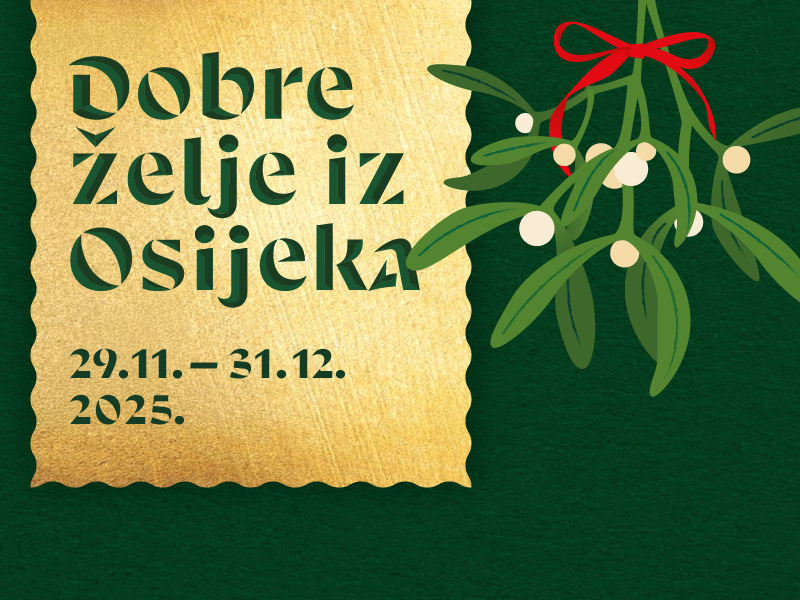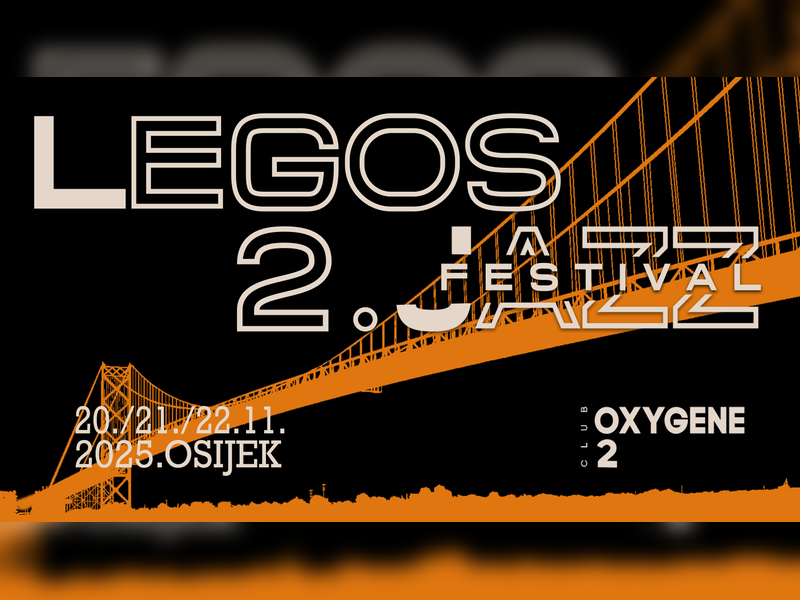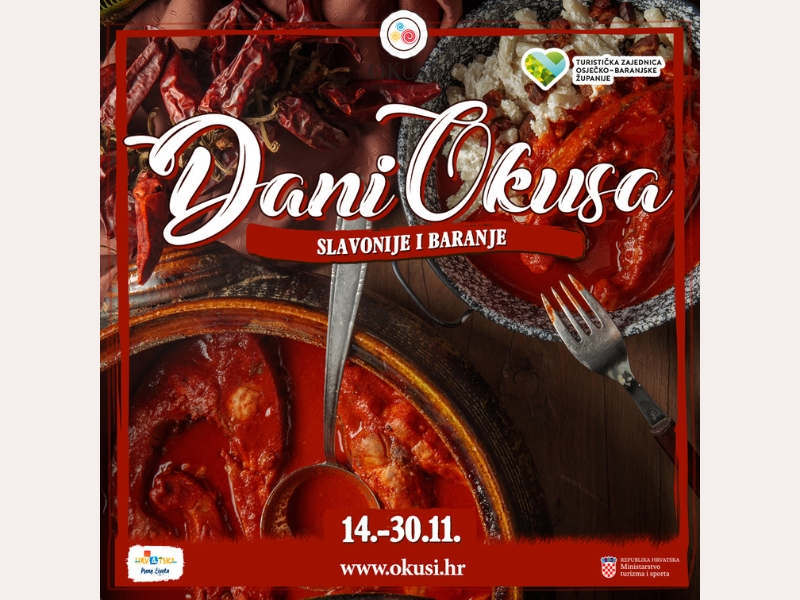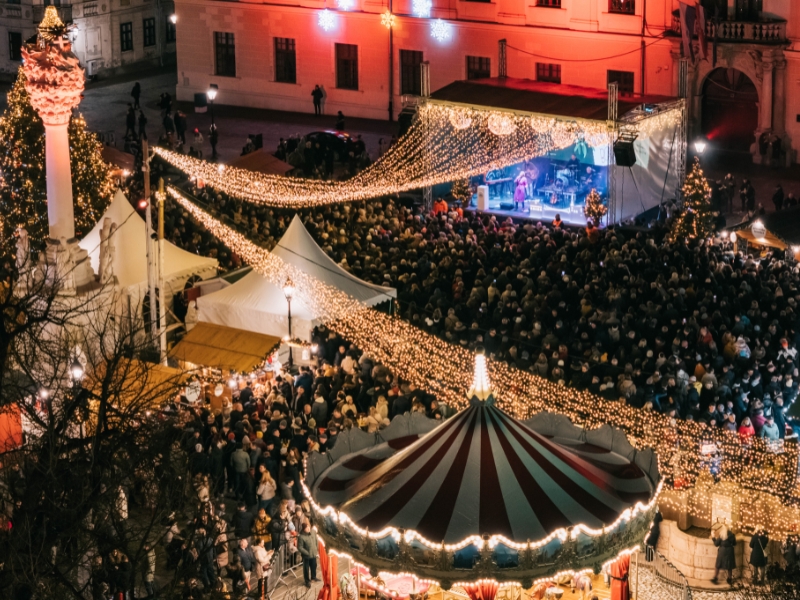Typically Osijek
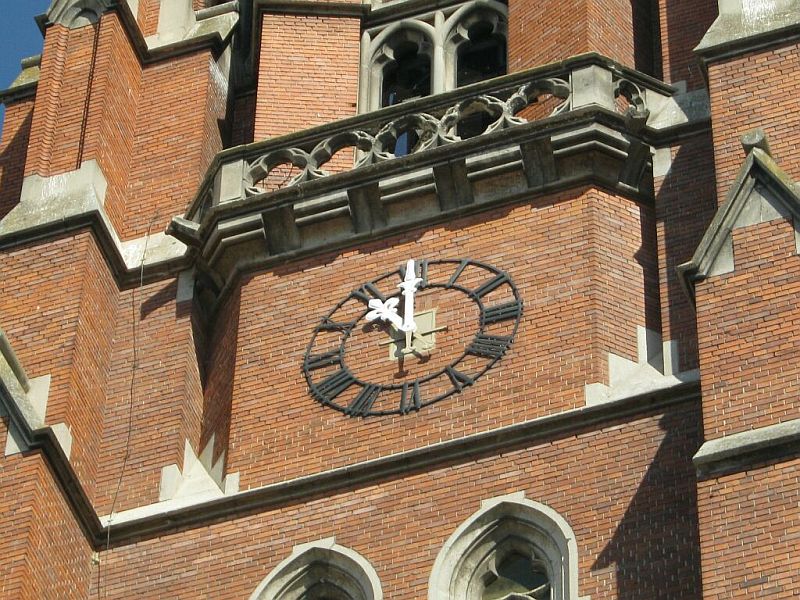
KNOEDL TIME (KNEDL SAT)
Have you heard of "Knoedl time" (time of the plum filled dumpling)? In the summer of 1526 Osijek was in the whirlwind of war and it became a part of the great Ottoman Empire. However on the great luck of people of Osijek, the last Turkish soldier left the city and all the churches rang and they also announced a long awaited freedom. As the years passed by the churches still rang every Friday to commemorate the big event but the citizens of Osijek had forgotten the real reason... Finally and practically, chefs in Osijek found that the time "when all the churches call them" is ideal for the preparation of one of their favorite dishes – plum filled dumplings so that entire lunch can be finished on time by noon! And so that eleventh hour on Friday became and remained known as "Knoedl time".

LICITAR (HONEY BISCUIT)
Osijek has something very special on the world's list of intangible cultural heritage by UNESCO and that is Licitar. In Middle Ages craftsmen from Central Europe began to richly decorate their gingerbreads and from 18th century on the territory of Croatia that craft developed into what it is today. Favorite gift to a child or a loved one are Licitars shaped as a heart, doll, horse and various modern forms such as cars, trains or airplanes, decorated with bright red edible color with rich decorations made from fresh mixture called "ajz". Licitar heart with a small mirror in the middle carries a special message to the one you're giving it to, When the person sees him or herself in the mirror, they know they are in your heart. Smaller Licitars are common as a decoration and Blažeković workshop from Osijek can boast that their artistic hearts decorate Christmas trees in European capitals, from Vatican and Rome via Paris and Vienna to Berlin.

OSJEČKO BEER AND BLACK RADLER
The brewery in Osijek is one the oldest in the region and the first beer in Osijek was poured back in 1697. Every September in the honor of a long beer tradition very popular Days of the first Croatian beer are held in Osijek. Among the visitors this event is known as "the largest wedding party in Slavonia". It is accompanied by traditional “Tamburica” bands that invite you to try dancing and taste a rich selection of food and of course a favorite local beer - Osječko beer. With a wide variety of beers, the brewery decided to do something completely new a few years ago and it honored its "fans" with a refreshing Black Radler (dark shandy). This blend of dark beer and lemonade will refresh you while you bike through the city and its surroundings and with the taste of beer with a hint of lemon, caramel and chocolate you will certainly want more.

OSIJEK SLANG
Take a meeting with "lega" (kolega = friend) on the Promenade then refresh yourself with a Black Radler cause you're riding a "bic" (bicikl = bike). Drive off and take a "slamboš" (sladoled = ice cream) on "pija" (pijac, tržnica = market) in "Donjika" (Donji grad = Lower Town), in the afternoon play "nogoš" (nogomet = football) on "Srednjika" (Srednjoškolsko igralište = Highschool playground) and before sunset treat your significant other with a nice dinner on "Kopika" (Copacabana) beach. Citizens of Osijek will surely delight you with their specific speech and somewhat drawn-out "warm Pannonian" way of communicating. Typicall slang is very easy to recognize. If words end on -oš or -ka you must have found yourself talking to natural born citizen of Osijek. It's interesting that citizens of Osijek spoke even more unusual in the so called Esseker dialect until the second half of the 20th century. That fine combination of Croatian and German language lost along with the increase in the level of education but even today you can recognize quite a lot of German, Hungarian and even Turkish words in the local dialect.

CYCLISTS AND PEDESTRIANS
If you want to explore Osijek you have several options for moving around town like tram, bus, taxi or as many of us by bike or on foot. Osijek is a lowland city and is perfect for cycling. More than 30 km of designated bike routes will allow you to easily move from site to site but also to easily perform all your daily tasks. The option to be a pedestrian may seem harder at first glance but believe us, by moving around town on foot or how we say "cipelcugom" you will feel the real pulse of the city. Don’t be surprised by patience of the vast majority of citizens of Osijek who will wait until the traffic light shows "green" even if there's not a single car in sight at the intersection. If you're walking around the upper town take a moment and look at individual traffic lights. At most of them you will notice the silhouette of the "Walker" ("Šetač" - pedestrian), the famous writer August Cesarac who’s monument "is walking" in the Liberty Square (Trg Slobode).

THE "SEAL MAN"
For three decades our fellow citizen 70 year old Duško Rudež is holding a tradition of swimming in the Drava river on New Year's Eve. Affectionately we call him a Seal because just like these animals he resists the cold water in the Winter Port sometimes even through the ice. Recently a few of our younger fellow citizens, mostly members of the Kohorta (fan club of the local football team NK Osijek), joined him. Their example might encourage many observers by the river bank so that they wish each other a Happy New Year in this unusual courageous way.

"ESSEKERS" FROM A TO W
Wondering who are the Essekers? Essker is actually a descriptive adjective and the word itself comes from the German word for the city - Esseg. They are as we would say "the original citizens of Osijek" who necessarily don't have to have deep roots. It is enough that they love the city and that they work for the good of the city. Most of them from A to W you can meet by one click on the Internet page Essekeri.hr, from Art Nouveau architect Viktor Axmann to Bishop Josip Juraj Strossmayer, from Branko Mihaljević, citizen of Zagreb who composed the city anthem "Moj Osijek" ("My Osijek") to children's writer Jagoda Truhelka, author of a collection of short stories "Zlatni Danci" ("Golden Tributes"), from the violin virtuoso Franjo Krežma to Adolf Waldinger misunderstood painter of Slavonian landscapes.




